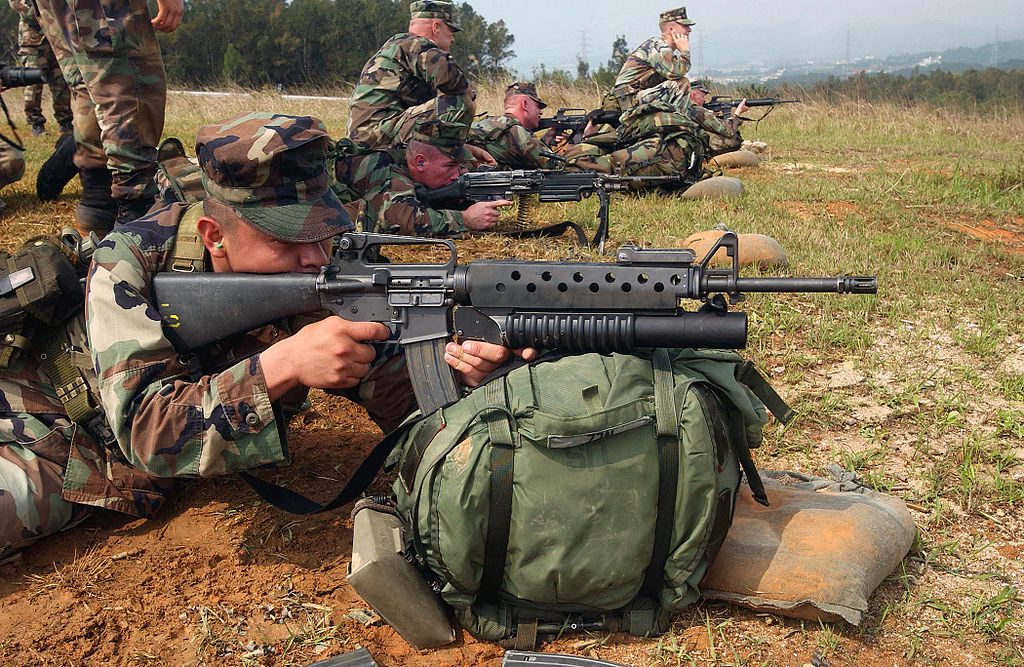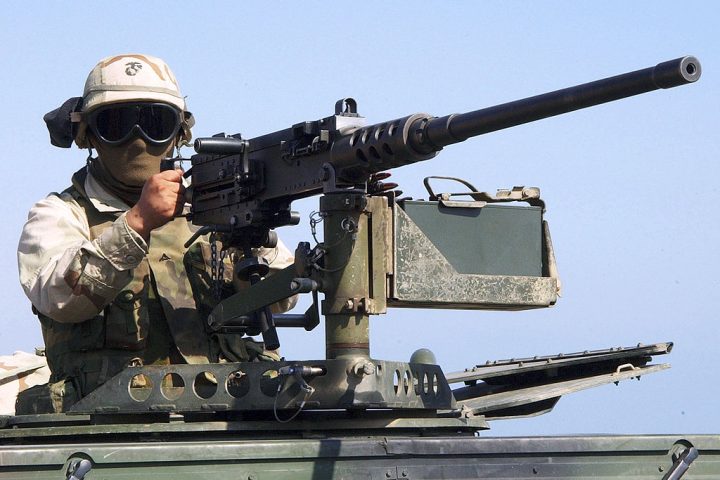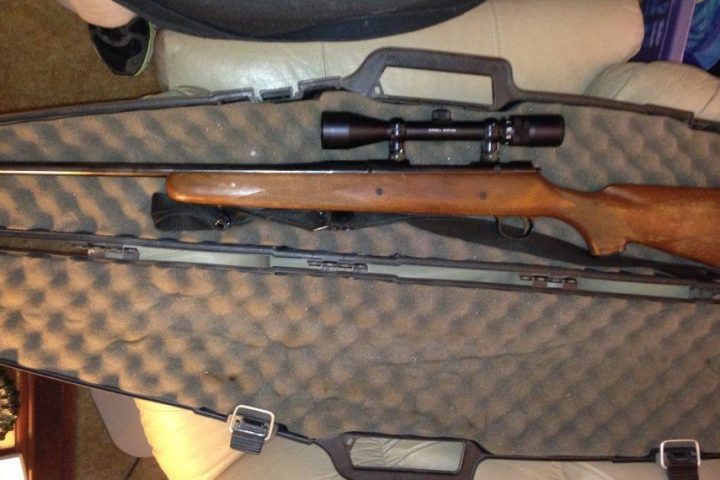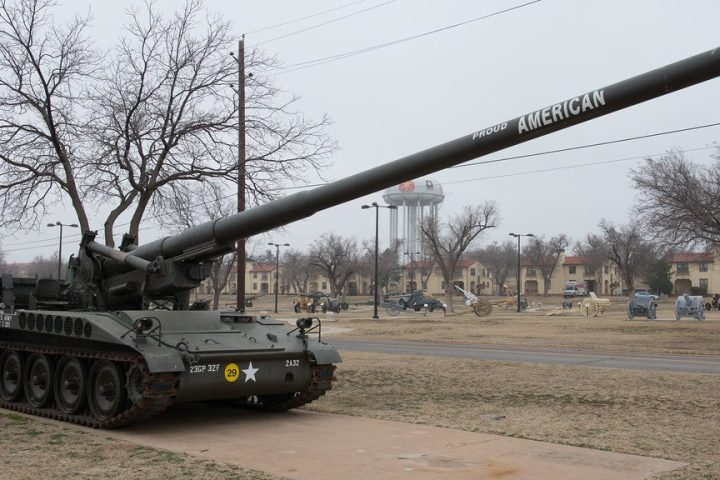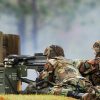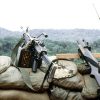The M203 is a well-known single-shot 40mm under-barrel grenade launcher designed to attach to the rifle. It has become the first weapon of this type to achieve operational service inside the US military. Initially designed for the M16 rifle and its carbine version, M4, it became compatible with many rifle models worldwide. He uses round and works on a similar principle as the older M79 break-action grenade launcher.
Introduction
M203 is an excellent addition to squad firepower since the weapon can launch a grenade further (150m effective range) and with more accuracy than any human can throw a grenade. The variety of 40mm rounds that it takes (HE, HEDP, Illumination, CS, buckshot) also allows for enhanced capabilities in the squad to deal with different situations.

It doesn’t replace a rifleman’s rifle, so you have one more rifle in the fireteam without increasing the number of troops, which is always a good thing. It’s pretty easy to operate, packs a lot of punch in a small package, and has a pretty good range. So far, it has been long-lived in operational service and both used and produced in many nations.
Development
The development of the M203 grenade launcher is closely related to the GLAD (Grenade Launcher Attachment Development) program, which was intended to provide an under-barrel grenade launcher for the new Colt XM16E1 rifle (it soon was introduced as the M16, US Army standard service rifle). It was a very difficult task at the time because no such weapon had ever been developed before.
The GLAD program and the M16 were both offshoots of Project SALVO, initially planned in 1951 to produce a multi-barrel assault rifle that fired flechette projectiles at tremendous rates of fire. GLAD was preceded by another SALVO offshoot, Project Niblick, which produced the 40×46 mm low-velocity grenade later needed for the GLAD weapon. Niblick also ultimately resulted in the development of the M79 grenade launcher that preceded the M203.
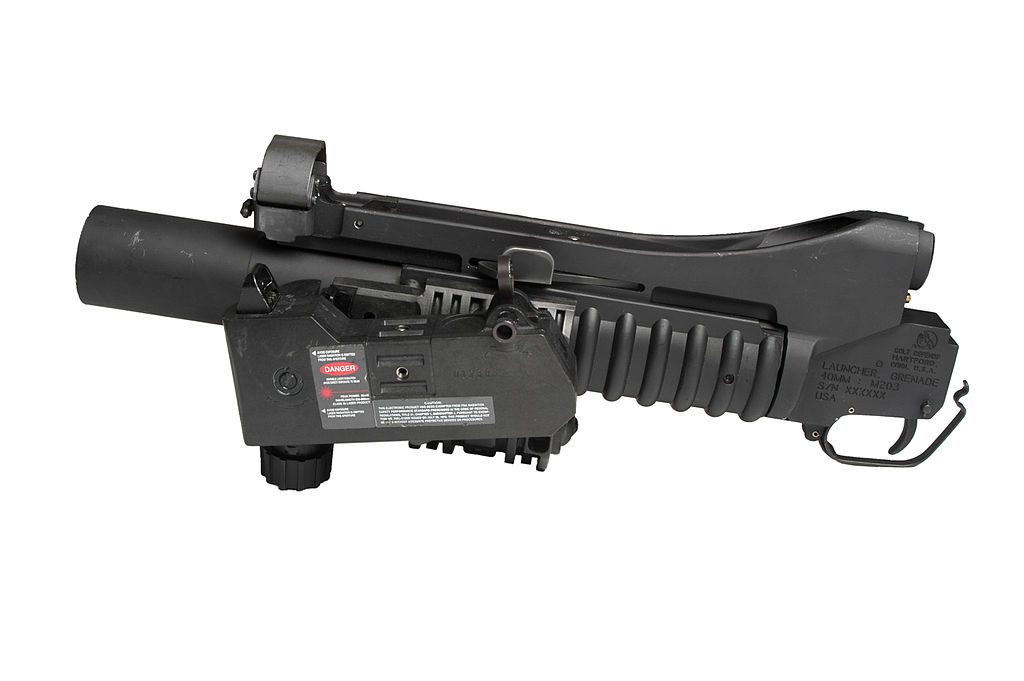
Project Niblick didn’t end with the M79. From this program, the GLAD requirement arose – though despite being considered a distinct program, it was tied directly to Project SALVO, as there were three competing rifle designs and three competing grenade launchers. After being formalized in 1964, the industry submitted three competing weapons to the GLAD program; one by Colt, one by H&R, and one by AAI.
The Colt CLG-4 was declared the winner and type-classified as the XM148 (not to be confused with the earlier Springfield Armory T148, which was a precursor to the M79). Colt was contracted in July of 1966 to produce 20 000 of them for field trials in Southeast Asia. The first XM148s arrived in South Vietnam that December.
However, the US Army quickly regretted that decision. The Colt XM148 proved to be a disaster in actual combat conditions. It was prone to accidental discharges, was extremely laborious to field strip and clean, had numerous tiny parts easily lost in the field, and was too heavy a trigger pull. This weapon was quickly pulled from service, and the Army soon reversed its decision in the GLAD program, awarding AAI a contract to build their grenade launcher.
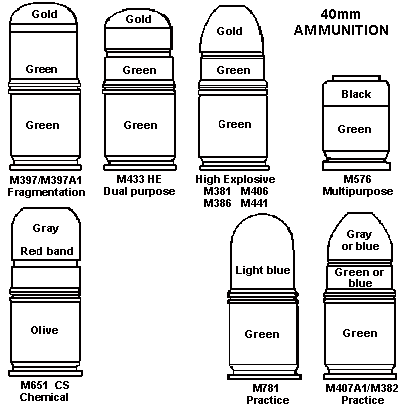
It was type-classified in November of 1968 as the XM203. A month later, the US Army awarded AAI a contract to produce 600 of them for testing in Southeast Asia (apparently, the Army’s enthusiasm for exceptionally large initial orders was blunted by the failure of the XM148). Though later testing would reveal problems in arctic conditions, the XM203 performed well in Vietnam, and it was formally adopted into operational service with the US armed forces in 1969.
Design
In appearance, the M203 resembles part of a weapon more closely than a complete weapon (which is not far from the truth, as it must be mounted on another weapon to use it). It consists of a long, partially-ribbed tube attached to a support rail above and a trigger group aft. The aft ribbed portion of the barrel slides over the front of the barrel when the weapon is reloaded, and the chamber is located in this forward section. The upper rail supports the barrel and is also used to attach the M203 to another weapon.
It is impossible to operate the M203 successfully unless attached to a larger weapon, usually an assault rifle. There are exceptions to this rule, though; for example, variants of the MP5 submachine gun. In US military service, the M203 is attached to an M16 or M4. Attaching the M203 to a weapon is a procedure requiring only 5 minutes, and the only tool required is a screwdriver.
There are no sights on the M203; these must be fitted to the weapon that the launcher is attached. Otherwise, the user’s best guess is the only reference with which to aim the launcher. The sights fitted to the main weapon consist of a front leaf and a rear ladder, with settings from 50 m to 250 m in 50 m increments.

To fire the M203, the operator must first unlock the barrel assembly via the barrel latch on the top-left side of the weapon and slide the barrel assembly forward and then backward, which cocks the gun. The rear barrel assembly is then slid forward again, exposing the chamber; if an unfired round or a spent casing is in the chamber, it will be automatically extracted and ejected. A round may now be loaded into the chamber and the slide drawn back. If completed properly, the extractor will catch the rim of the casing. The barrel is then locked into its fully-closed position by re-engaging the barrel latch, and the M203 may now be fired by simply pulling the trigger.
The M203 may be fired from the shoulder in standing, kneeling, or prone positions. There is no backblast hazard, and a minimal muzzle blast hazard, allowing the weapon to be safely fired from any confined space. The weapon bearing the M203 may also be braced with its buttstock against the ground and the muzzle aimed upward, allowing the M203 to be used as a mortar. This is best accomplished from a sitting or prone position. It is also possible to fire the M203 from the hip, but accuracy will suffer accordingly. As it is mounted under the front of a larger weapon, the M203 cannot be fired one-handed like a pistol, as with the M79.
A number of operational hazards in operating the M203 have also been identified, including reliability problems in severe cold conditions (though the M203’s cold weather problems have since been remedied) and the omission of a safety mechanism. A now-famous quote from a US Army preventative maintenance magazine also states, “A slipping gear could let your M203 grenade launcher fire when you least expect it. That would make you quite unpopular in what’s left of your unit.”.
The M203 first saw combat during the Vietnam War, in which it was deemed a great success. It has since been used by many nations in seemingly innumerable conflicts worldwide, also usually successfully.
Manufacturers
In addition to AAI Corporation, numerous other US companies have produced M203s under license, including Knight’s Armament, Bushmaster, Airtronic USA, R/M Equipment, US Ordnance, the Lewis Tools & Machinery Company, and – ironically – Colt Defense. AAI themselves only produced 10 000 M203s before passing-on production to these other companies. It has also been manufactured abroad by Colt Canada and Diemaco in Canada, Daewoo in South Korea, the Floro International Corporation in the Philippines, and Maadi in Egypt. MKEK in Turkey manufactures the T-40, a variant of the M203.
Users
The M203’s operators include Afghanistan, Albania, Australia; Austria; Bangladesh, Brazil, Brunei, Cambodia, Cameroon, Canada, Chile, Columbia, the Czech Republic, Denmark, the Dominican Republic, Ecuador, Egypt, El Salvador, France, Gabon, Greece, Honduras, India, Indonesia, Iraq, Ireland, Israel, Italy, Japan, Jordan, Kuwait, Lebanon, Liberia, Malaysia, Mexico, Morocco, Myanmar, the Netherlands, New Zealand, Oman, Pakistan, Panama, the Philippines, Portugal, Qatar, Saudi Arabia, Singapore, South Korea, Sri Lanka, Sweden, Thailand, Turkey, the UAE, the UK, the US, and Vietnam.
Various manufacturers still produce the M203, even now after over 50 years of continuous mass production—new example costs between $1000 and $2000. The M203 is phased out and replaced by the M320, another 40 mm under-barrel grenade launcher in US service.
Variants
- M203: Original production model. It can be mounted on the M16A1, M16A2, or M16A1, but not on an M4 or an M16A4.
- M203A1: Shorter M203 for carbine use, such as the Colt M4. It has a shorter 229 mm barrel.
- M203A2: Improved M203 for use on the M16A4. Using the M5 MWS Rail System, it can also be attached to an M16A2.
- M203 DAX: Improved M203 with a double-action trigger and a resized chamber that will accommodate a variety of less-lethal rounds.
- M203PI: A modified M203A1 for use on various other rifles. For example, the Irish Army employs the M203PI on the Steyr AUG, which is too short for a standard M203, and won’t accept the M203A1.
- K201: M203 was built under license in South Korea by Daewoo.
- FIC M203: M203 was built under license in the Philippines by the Floro International Corporation.
- T-40: Turkish grenade launcher based on the M203, manufactured by MKEK.
- SPG-1: M203 was built under license in Indonesia by PT Pindad.
- Gk M/98: Danish designation for the M203.
- QLG-91: Chinese 35 mm under-barrel grenade launcher for use on various rifles. It is similar in concept to the US M203. Sometimes it is referred to as the Type 91. There is numerous version of this weapon, including standalone and vehicle-mounted versions.
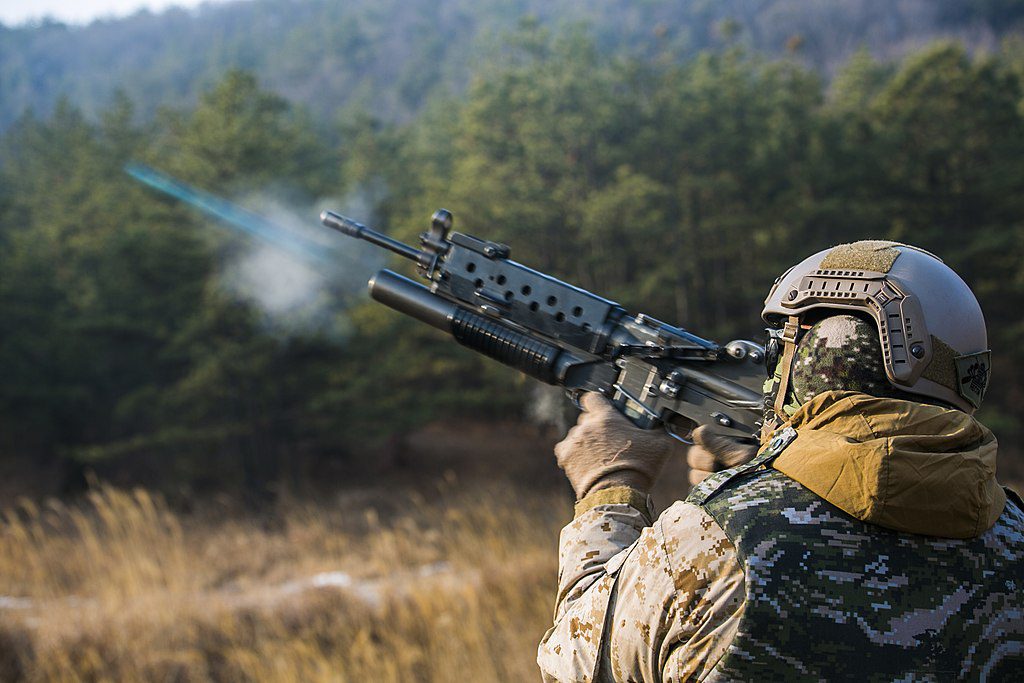
Technical specifications
| Manufacturer: | AAI, United States |
| Entered service: | 1969 |
| Caliber: | 40 mm |
| Cartridge: | 40 x 46 mm |
| Weight (empty): | 1.36 kg |
| Length: | 380 mm |
| Barrel length: | 305 mm |
| Muzzle velocity: | 76 m/s |
| Cyclic rate of fire: | 7 rpm |
| Practical rate of fire: | 5 rpm |
| Magazine capacity: | single round |
| Sighting range: | 250 m |
| Range of effective fire (grenades): | 150 m |
| Maximum range (grenades): | 400 m |
| Range of effective fire (buckshot): | 30 m |


